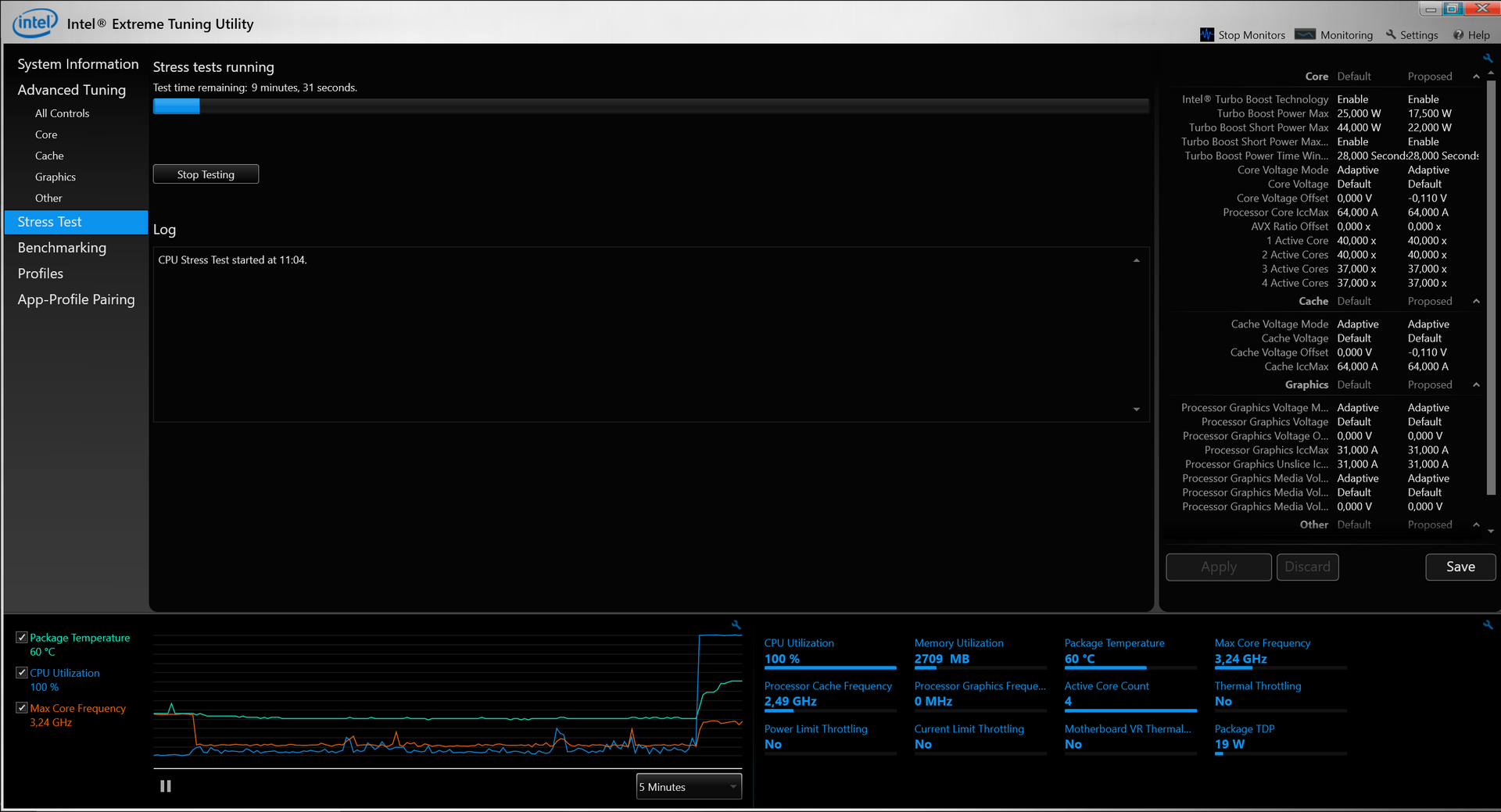
It is straightforward to apply a SICR definition to map a mortgage into the correct stage. The agent-based set-up is rich enough to capture key concepts embedded in IFRS9. Many banks are getting to grips with IFRS9 - a new accounting standard that changes the way banks provision against losses.Īgent-based models are an ideal set-up for producing IFRS9-consistent outputs. This is a particularly relevant challenge at the moment. It is also possible to ensure that the metrics generated by an agent-based model are consistent with regulatory metrics - or the accounting standards of the day. More interestingly for risk managers, they can also experiment with combinations of their “policy parameters” - for example changing their underwriting standards, or pricing strategy to explore the impact that these have on key metrics. These complex emergent dynamics tend to be obscured by restrictive statistical models or when dealing with aggregated portfolio-level data. Running that simulation millions of times generates sufficient paths to capture the complex dynamics at work in banks’ balance sheets.
#CPU STRESS TEST 2018 SIMULATOR#
The simulator is able to generate all of the mortgage-book dynamics that occur in the real-world: banks write mortgages, accrue interest income, and take impairments. This basic framework describes an agent-based simulator of a bank’s mortgage book. To capture the mortgage book life cycle, the model also needs to capture real-world processes - mortgages being written, households paying their mortgage each month, income and wealth shocks, defaults and arrears.īanks also feature in the model they have rules which govern their underwriting standards (loan to value and loan to income), as well as a pricing strategy.

These agents are initialised with a variety of information: age, income, wealth etc. I start by modelling each household as an individual autonomous agent. Firstly, an agent-based model starts from the bottom-up. The agent-based approach is very different in a number of ways. These metrics are then employed in a life-cycle model to map arrears into provisions, impairments and write-offs. GDP, Unemployment, HPI etc.)into arrears and other key portfolio-specific metrics. Standard models used to stress the mortgage book typically take a macro scenario and run it through a macro-to-micro model - which uses historical statistical relationships to map macro variables (e.g. Stress testing the mortgage book is a challenge faced by just about every bank. Let’s look at a simple example of an agent-based model and see how it can be used to explore risks in a stress testing set-up.Ĭredit Models are key to stress testing and a natural fit for an agent-based approach ABMs are complementary analytical tools that integrate with banks’ existing stress testing data and modelling apparatus and act as a force-multiplier by allowing risk managers to extract new insight and explore “what-if?” scenarios.

While banks have worked hard to get to grips with the requirement set by regulators, they have been slower to adopt new modelling paradigms. The paths of these risk factors are then modelled to determine the capital impact of a given scenario - but this is of only limited use for day-to-day risk management. The exercises set by regulators require banks to run macroeconomic scenarios described by hundreds of variables - which banks then expand out to thousands of risk factors which impact their balance sheet. Performing a stress test of a large global bank is no mean feat.


Embracing alternative modelling paradigms is a key step towards extracting business value from stress tests, over and above banks’ regulatory obligations. Agent Based Models allow flexible and highly heterogeneous modelling of balance sheetsĬoupled with powerful computational simulation, ABMs are well-suited to the exploration of balance sheet risks and to determine appropriate interventions to mitigate those risks.


 0 kommentar(er)
0 kommentar(er)
